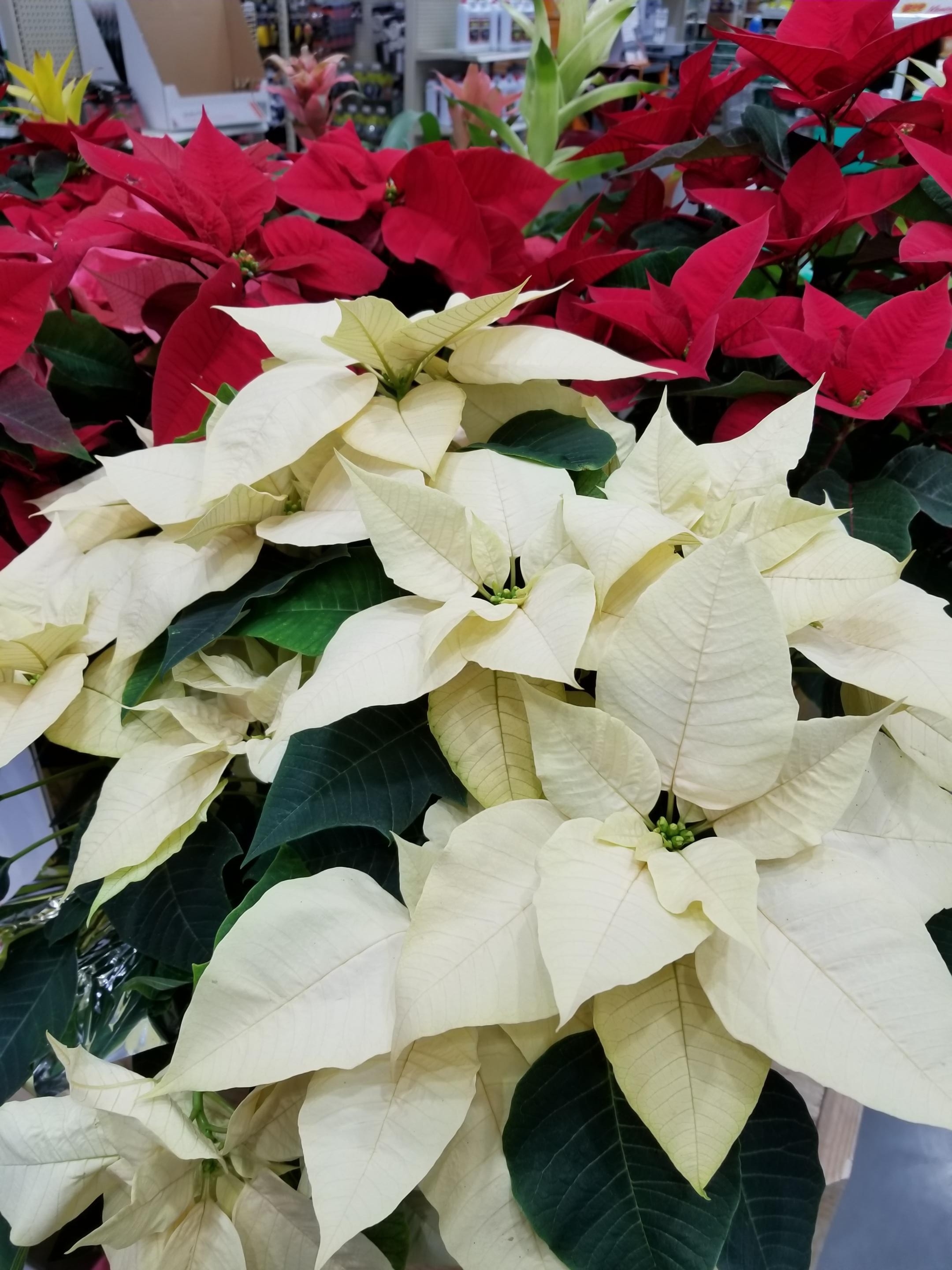Poinsettias, with their vibrant bracts, are iconic holiday plants. But with proper Poinsettia Care, you can enjoy their beauty year-round. This guide provides expert tips on watering, fertilizing, light requirements, and even how to encourage reblooming.
Understanding Poinsettia Needs
Native to Mexico, poinsettias (Euphorbia pulcherrima) are not flowers in the traditional sense. Their colorful “petals” are actually modified leaves called bracts. The true flowers are the tiny yellow cyathia in the center. Understanding this distinction is key to proper poinsettia care. These plants thrive in specific conditions:
- Light: Poinsettias need bright, indirect sunlight. Avoid direct sun, which can scorch the bracts.
- Temperature: Consistent temperatures between 65-70°F (18-21°C) are ideal. Protect them from drafts and extreme temperature fluctuations.
- Water: Water thoroughly when the soil surface feels dry to the touch. Allow excess water to drain completely to prevent root rot. Never let the plant wilt.
Poinsettia Care Throughout the Year
While poinsettias are popular during the holidays, they can thrive year-round with proper care. Here’s a month-by-month guide:
January – February: Post-Holiday Care
- Fertilize: If new growth appears, start fertilizing with a balanced houseplant fertilizer diluted to half strength.
- Pest Control: Inspect for pests like whiteflies and treat accordingly.
March – April: Pruning and Repotting
- Pruning: Remove faded or dried bracts and stems. Cut back leggy growth to encourage bushier form.
- Repotting: If necessary, repot into a slightly larger container with fresh, well-draining potting mix.
May – August: Outdoor Care
- Outdoor Transition: Gradually acclimate your poinsettia to outdoor conditions in a shady spot.
- Sunlight: Once acclimated, move to a location with partial sun (4-6 hours daily).
- Watering: Increase watering frequency as needed during warmer months.
- Fertilizing: Continue fertilizing every 3-4 weeks.
September – October: Reblooming Preparation
- Light Deprivation: To encourage reblooming, poinsettias require 12-14 hours of complete darkness daily starting in late September or early October. Even minimal light exposure can disrupt the process. Cover the plant with a box or place it in a dark closet during these hours.
- Reduced Fertilizing: Decrease fertilization frequency.
November – December: Enjoy the Bloom
- Bright Light: Once bracts begin to color, return the plant to a bright location with at least six hours of indirect sunlight.
- Reduced Watering: Reduce watering slightly, allowing the soil surface to dry between waterings.
Common Poinsettia Problems and Solutions
- Leaf Drop: Often caused by underwatering, overwatering, temperature fluctuations, or insufficient light.
- Yellowing Leaves: May indicate overwatering, underwatering, or nutrient deficiency.
- Wilting: Usually a sign of underwatering or root rot.
- Pests: Whiteflies, mealybugs, and spider mites can infest poinsettias. Treat with insecticidal soap or neem oil.
Poinsettia Myths and Facts
Contrary to popular belief, poinsettias are not poisonous to humans or pets. However, the milky sap can cause skin irritation and mild stomach upset if ingested. It’s best to keep them out of reach of children and animals.
Conclusion
With proper poinsettia care, this festive plant can bring joy throughout the year. By following these guidelines and addressing potential problems promptly, you can ensure your poinsettia thrives and even reblooms for the following holiday season.


